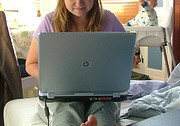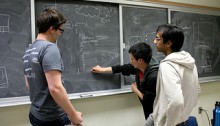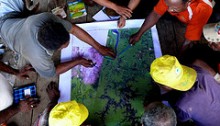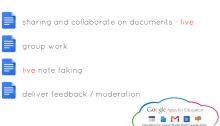Flipped Classroom: An Approach to Teaching and Learning
‘Flipped Classroom‘ is a term that refers to the restructuring of teaching in order to maximise the benefit of contact time between students and tutors. In a ‘flipped classroom’ the’ homework’ and ‘lecture’ elements of a traditional teaching approach are reversed, with the students engaging with the required information as pre-work so that the contact time can focus on…








